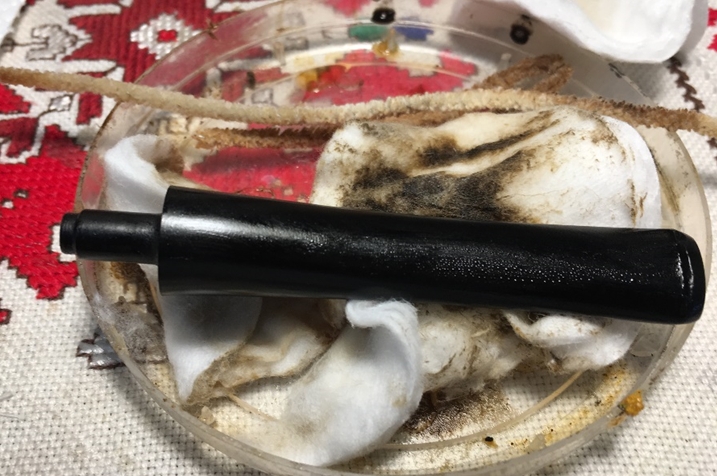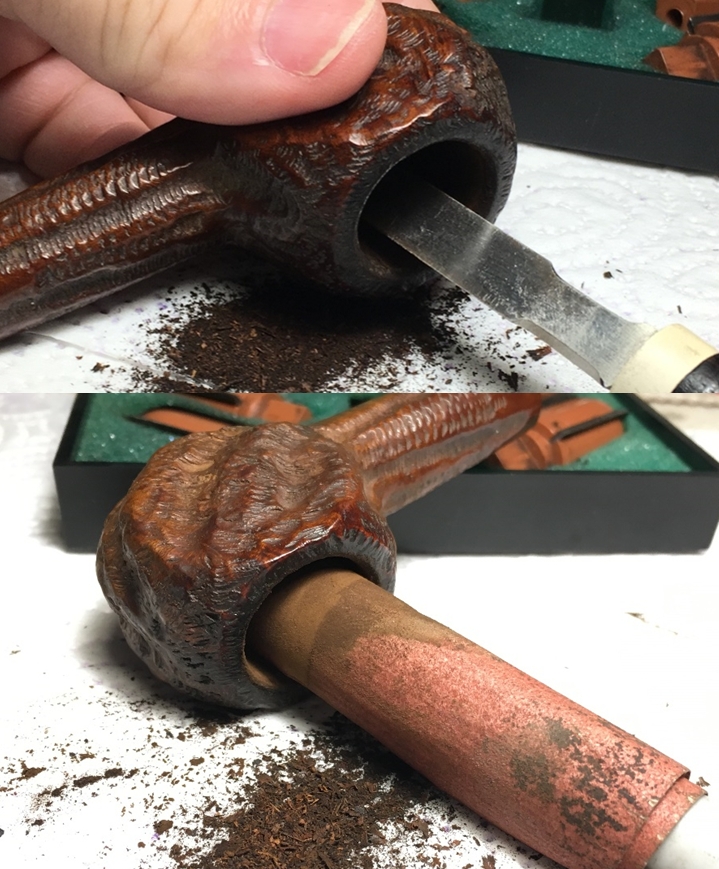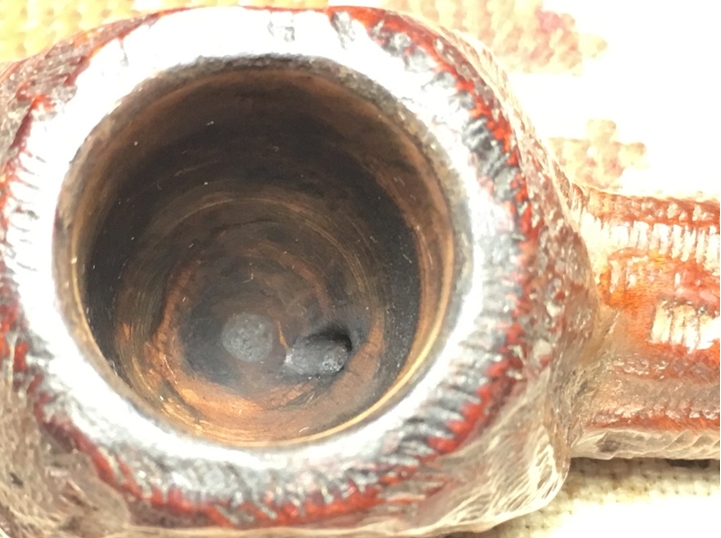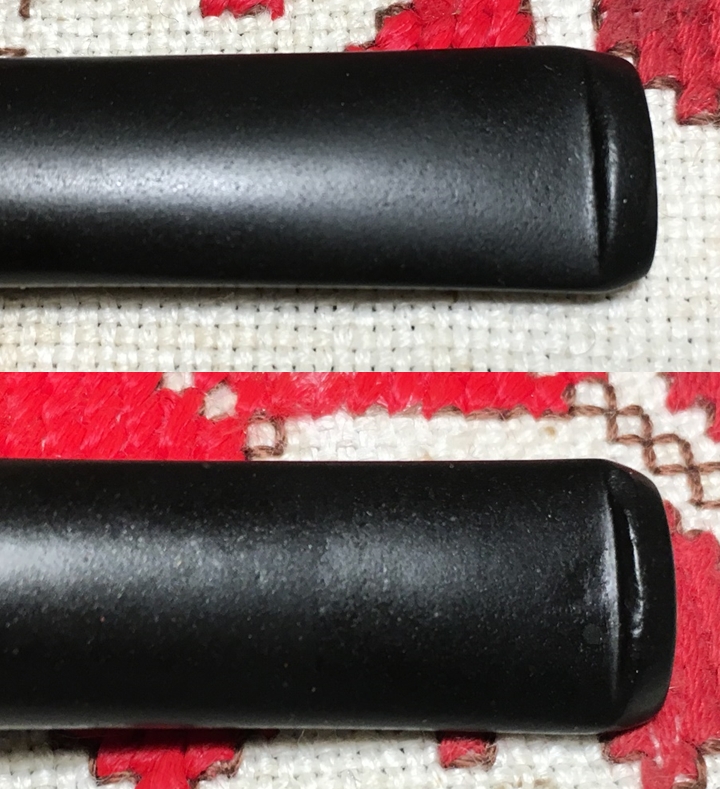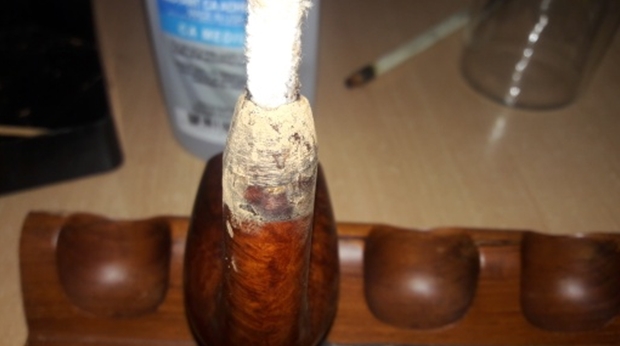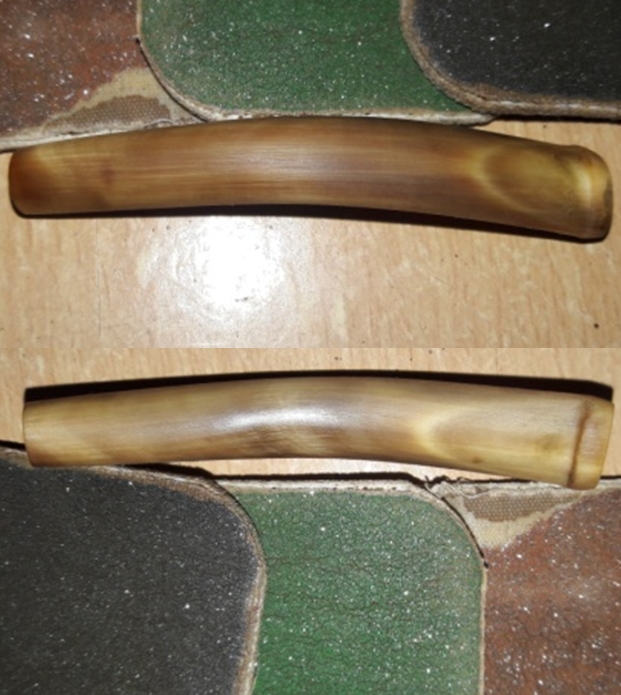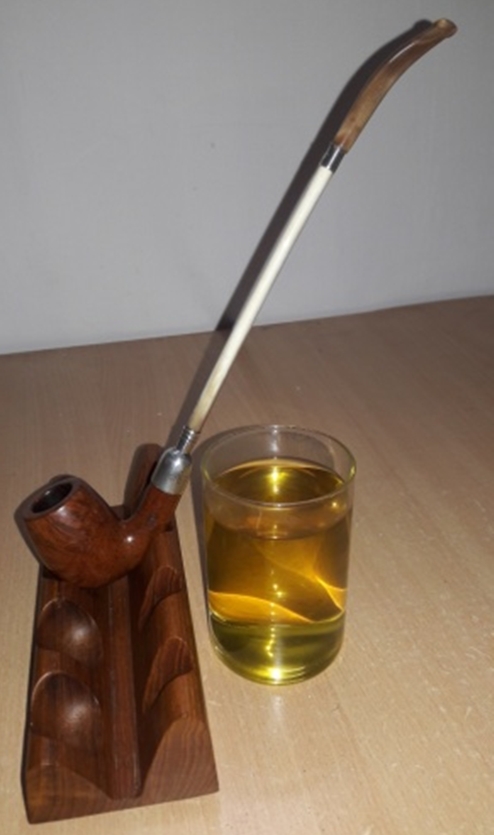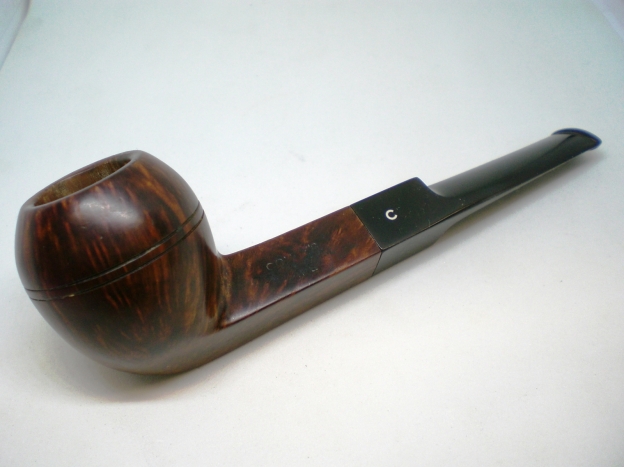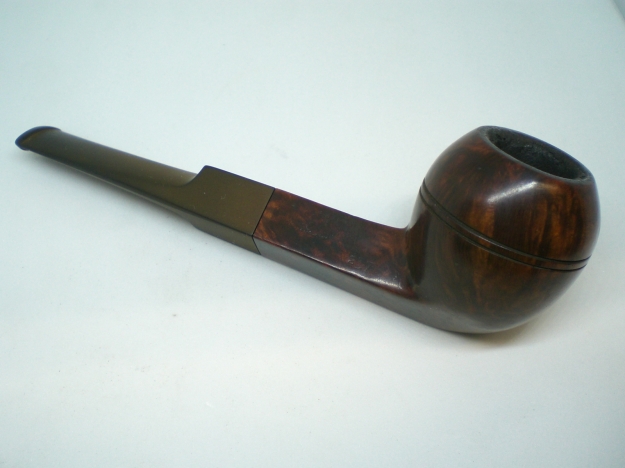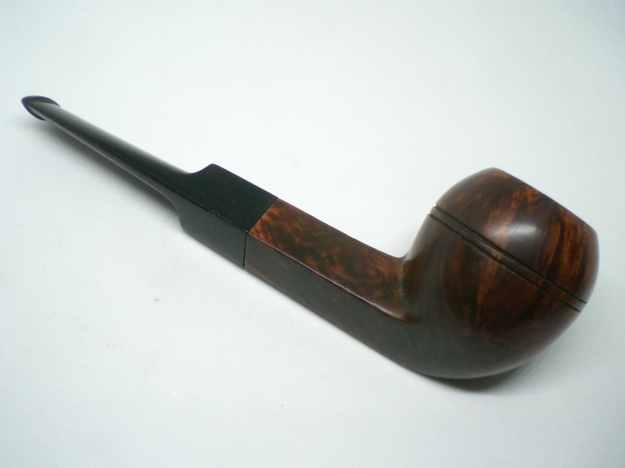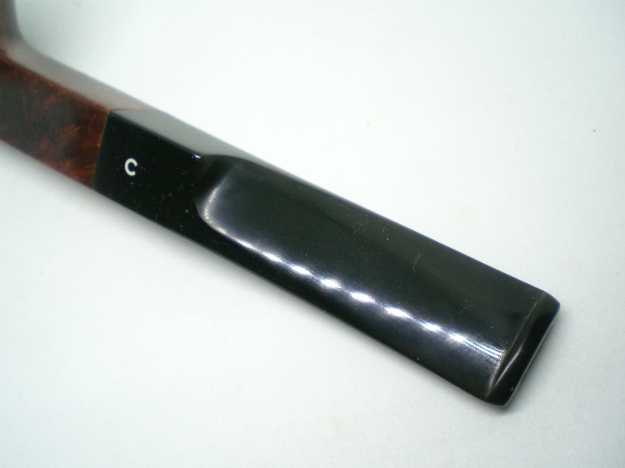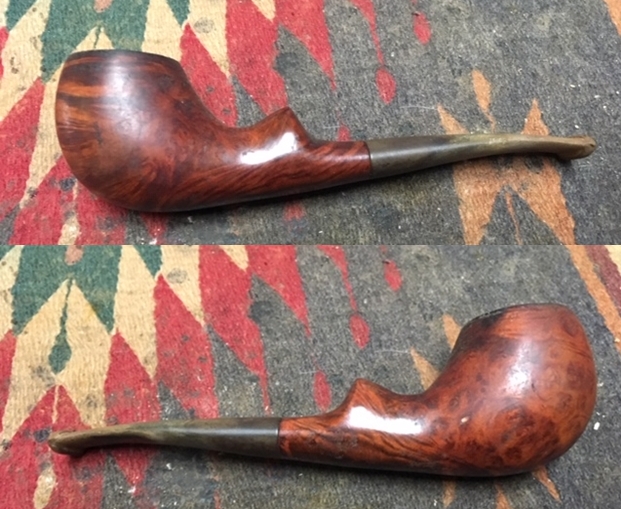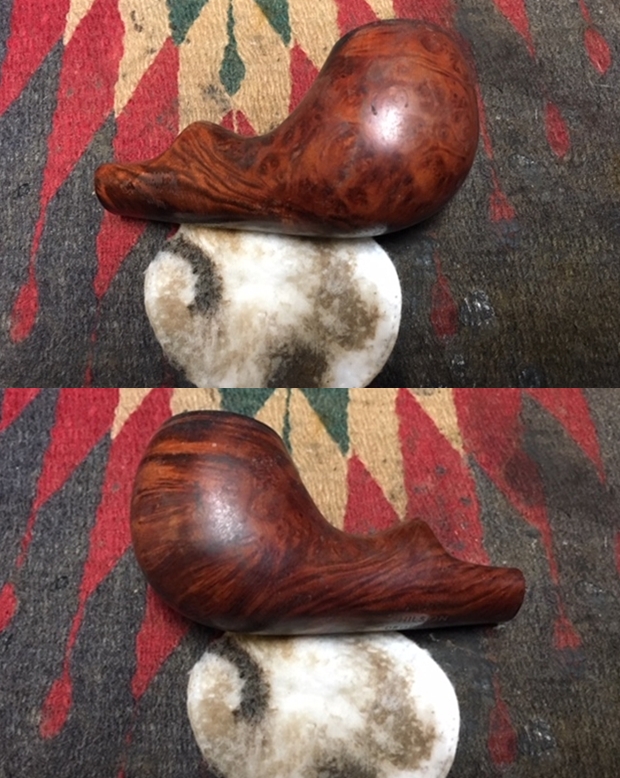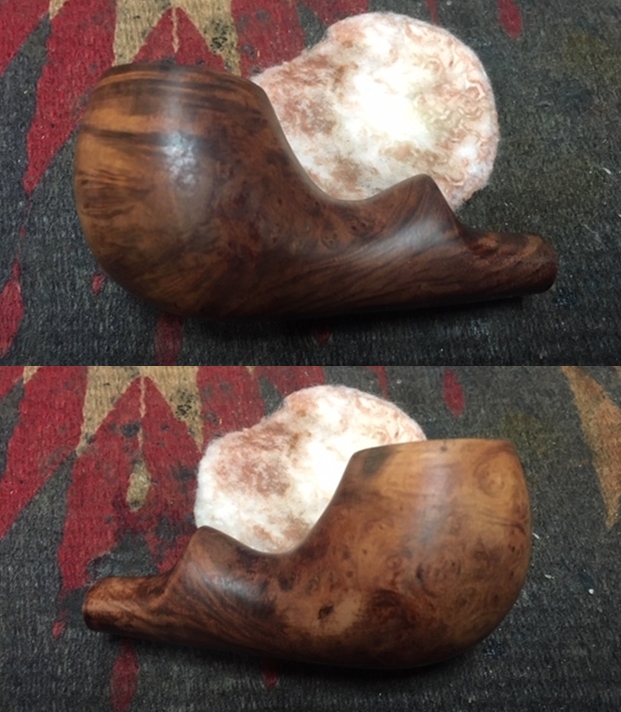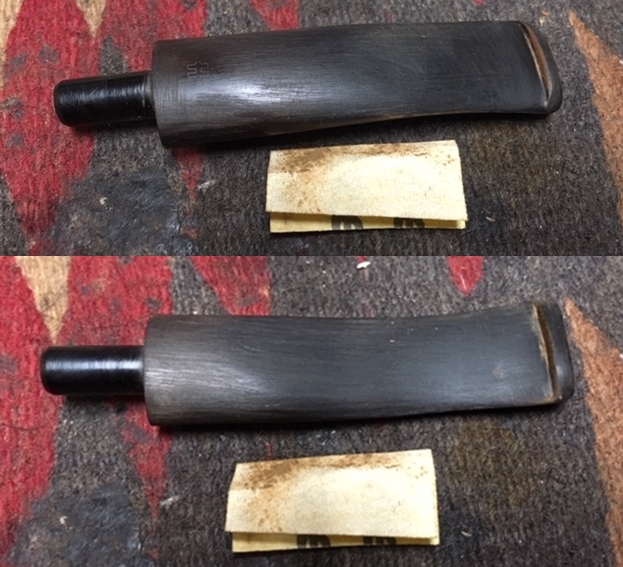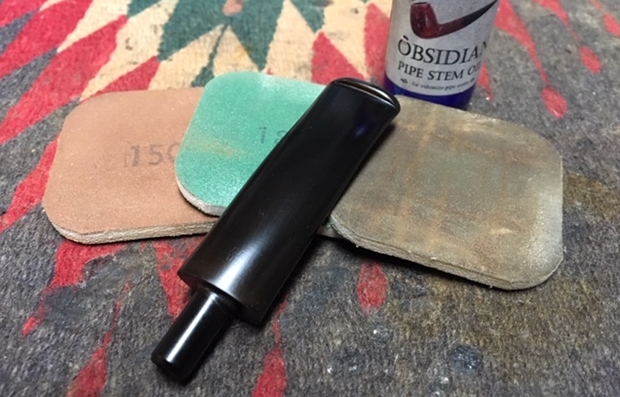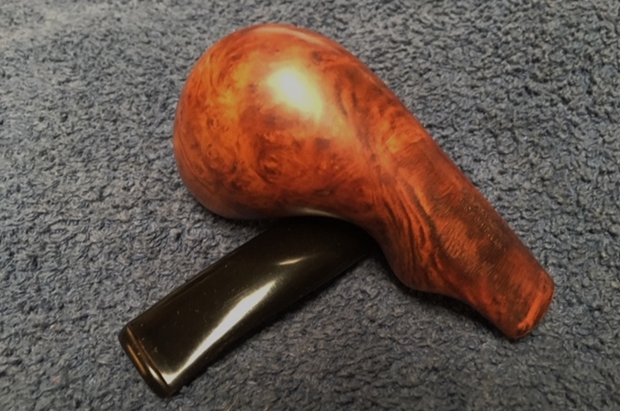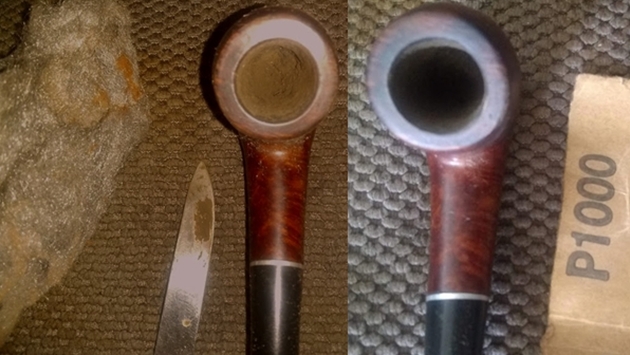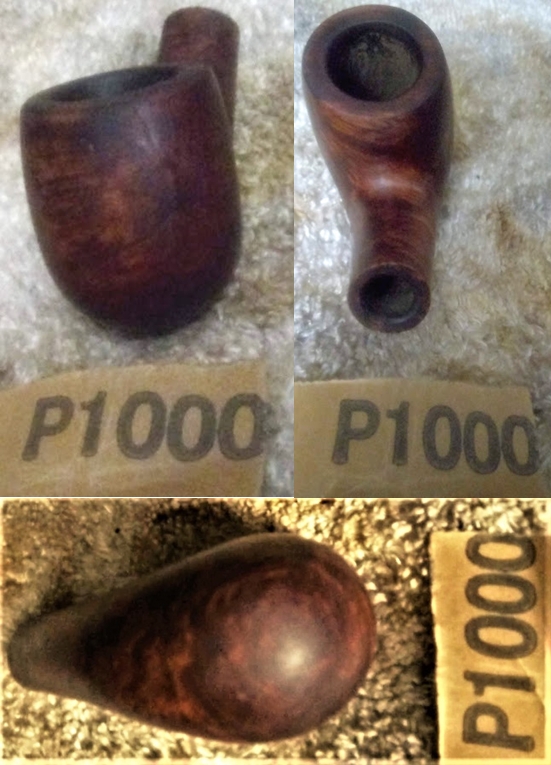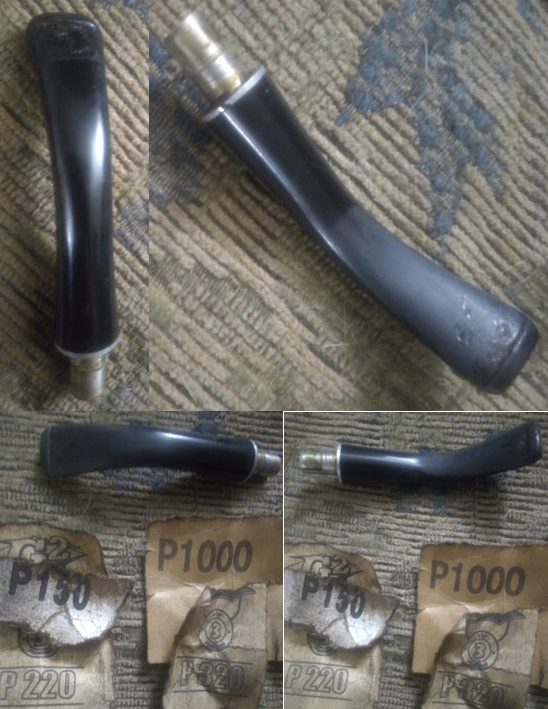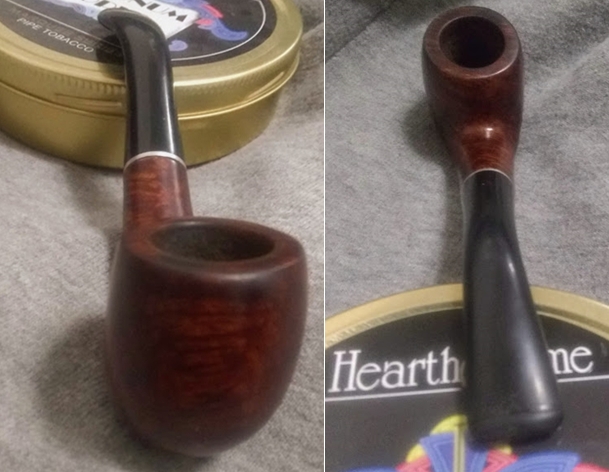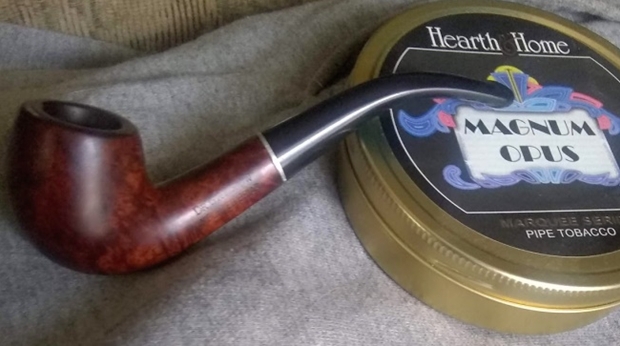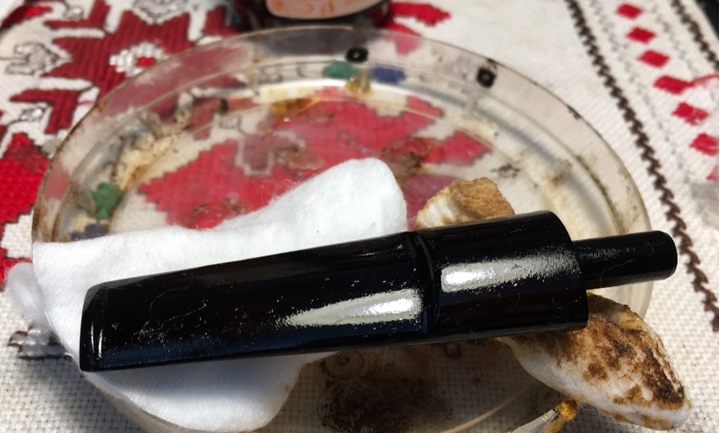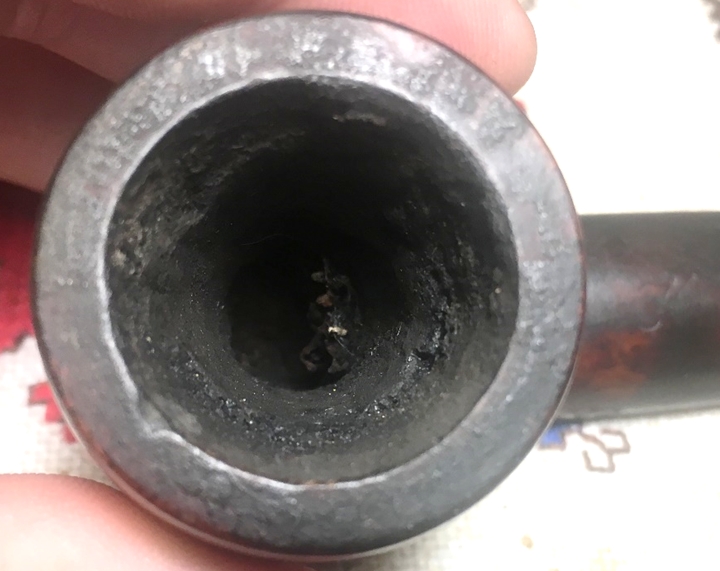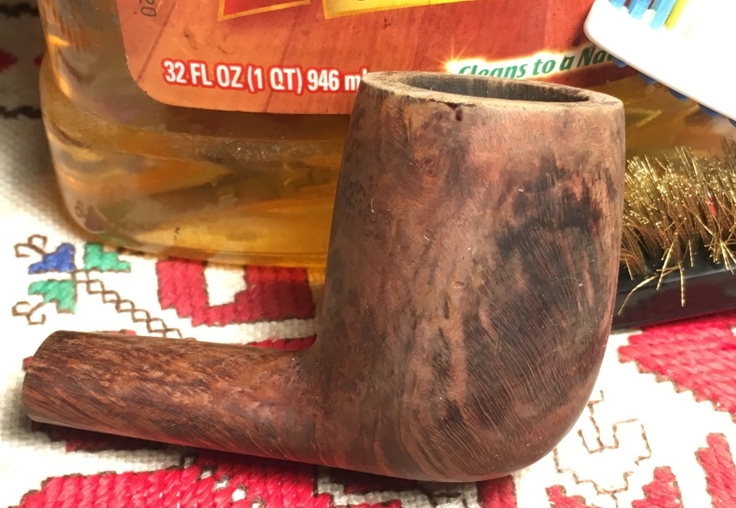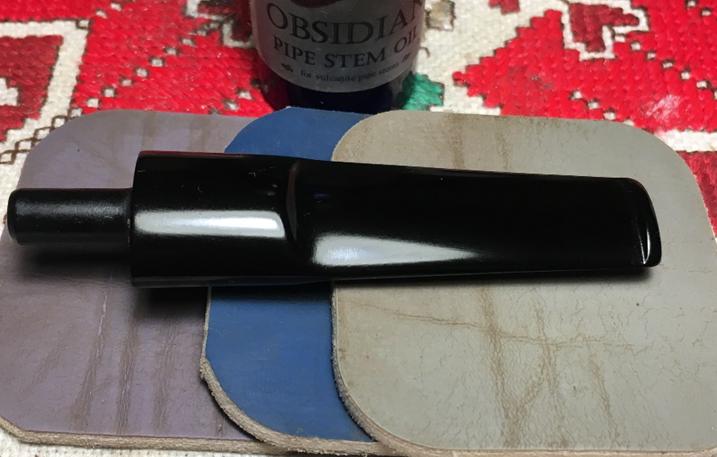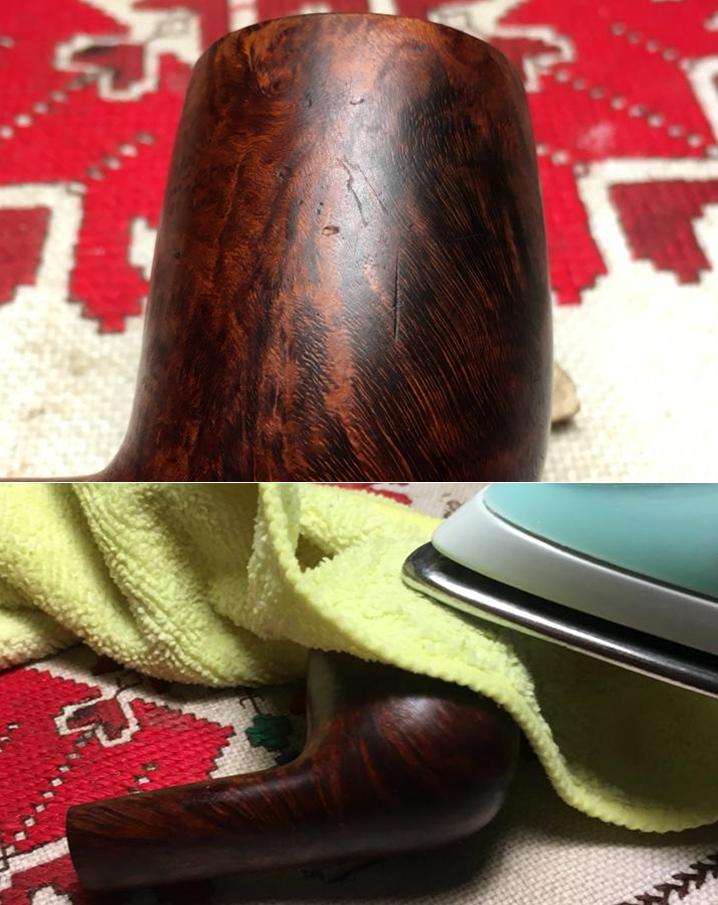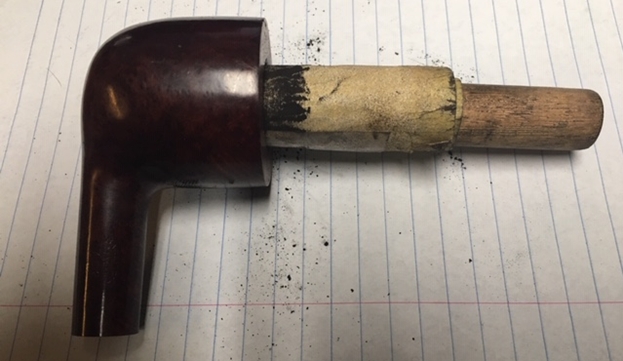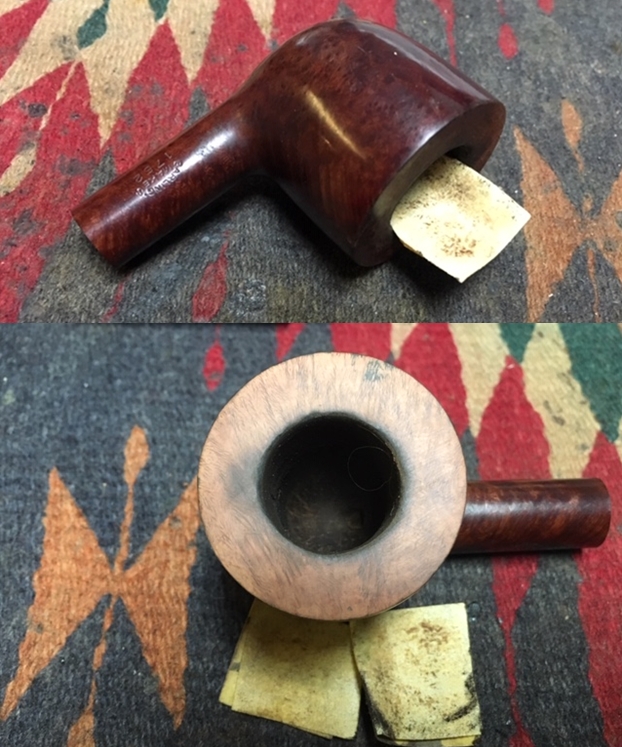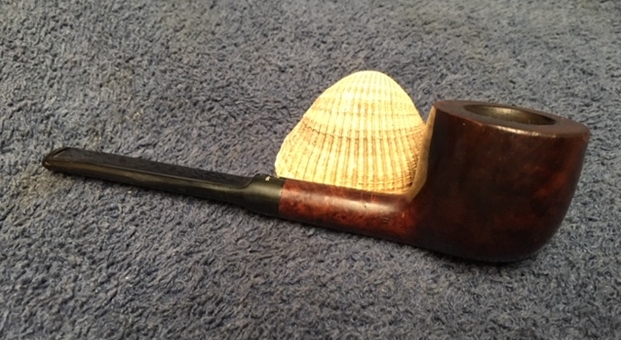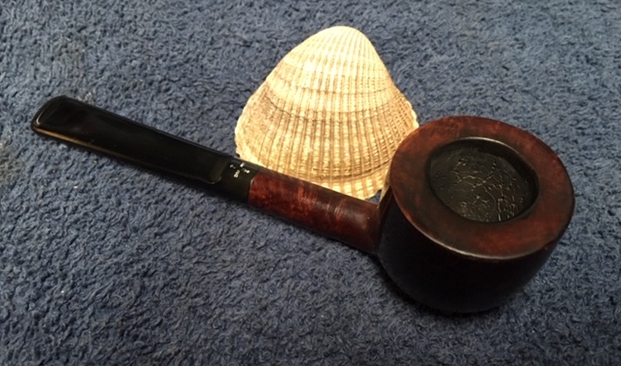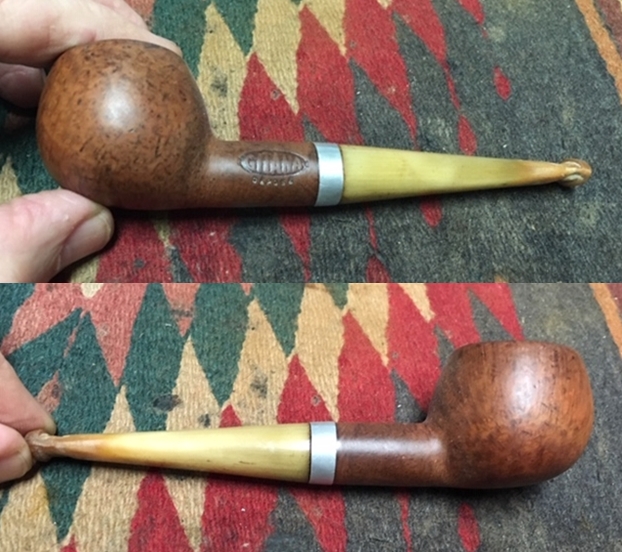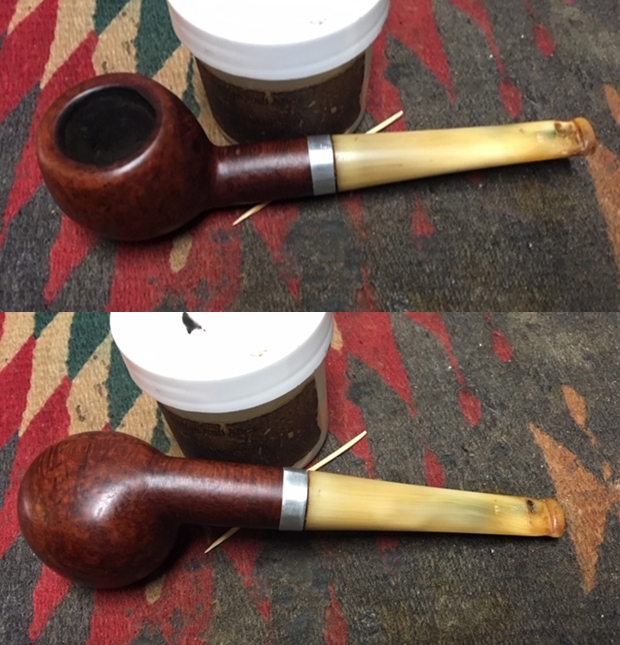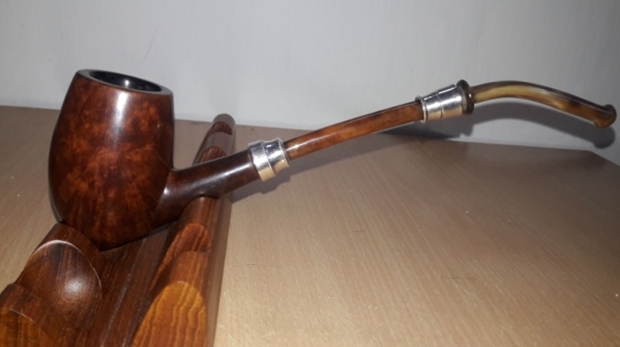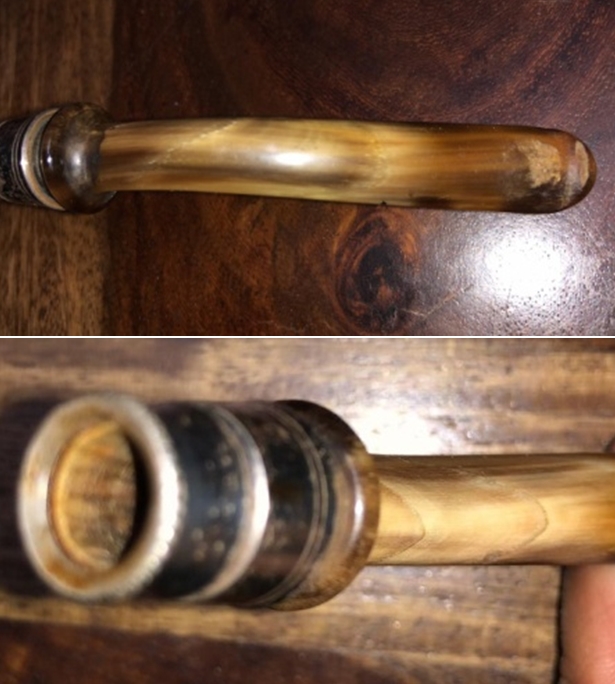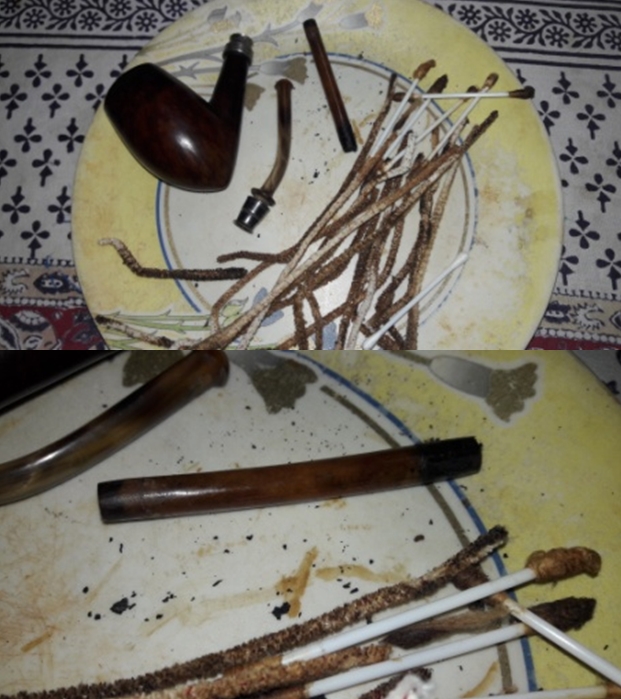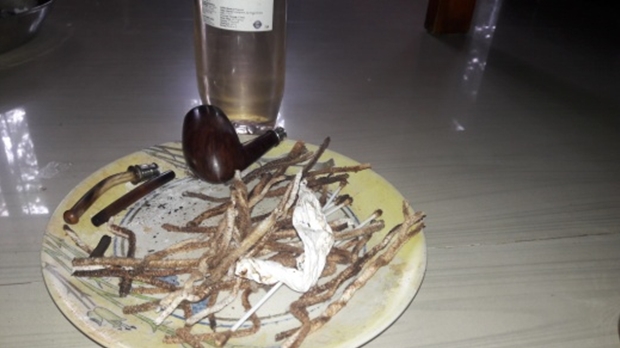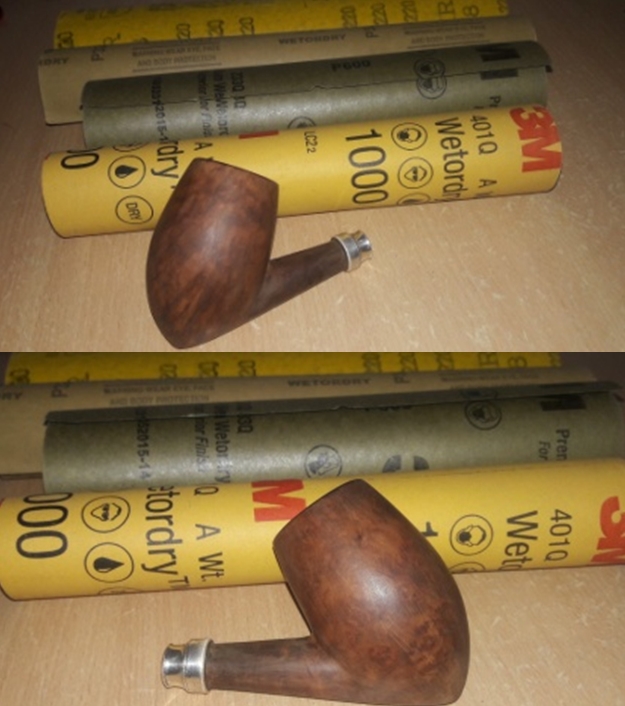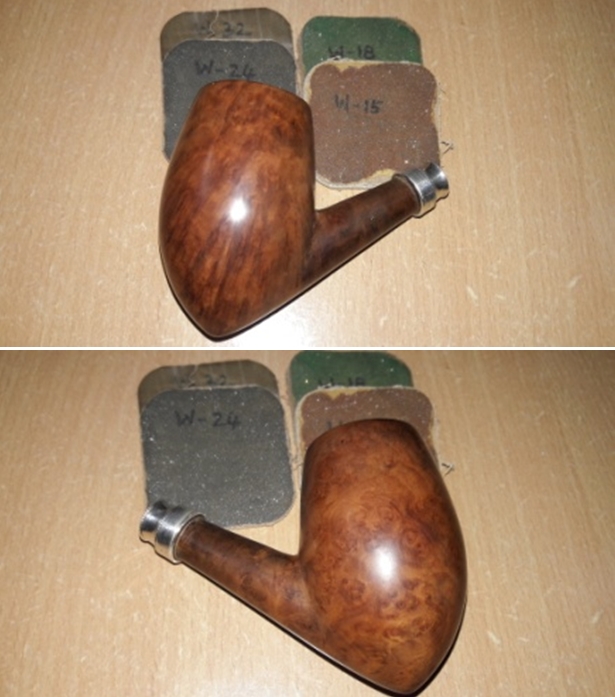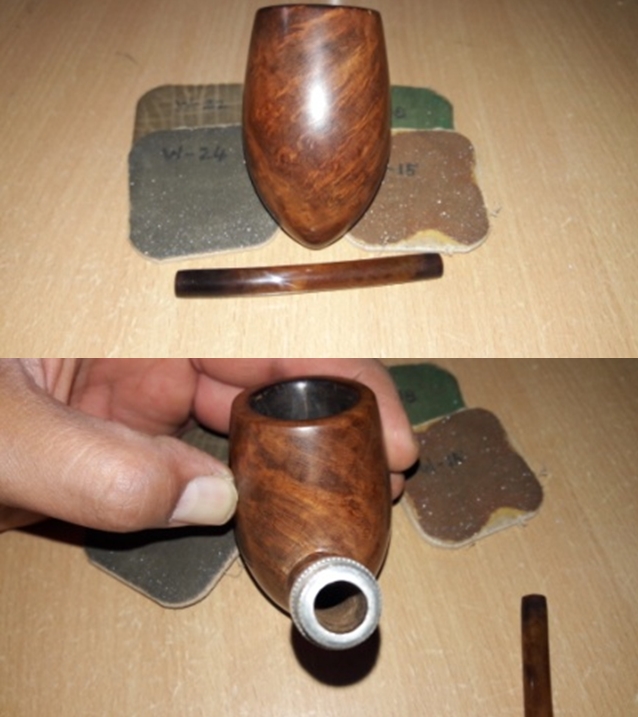This story may seem fanciful to some of you but it is pretty close to what I experienced in my own journey. Enjoy the read — Steve
Father Tom woke up very early the morning after the surgery, still groggy from the anesthesia but almost able to hold his thoughts together. He was on his back in the hospital bed with tubes attached all around his body. He had tubes hooked to the back of his hands. He had both a catheter and a drain tube running out of him mid-body. His legs had automatic compression stockings that inflated and deflated keeping the blood moving through his feet and legs. He lifted the blanket to check out the surgery. He was surprised at how black and blue he was from the bottom of his rib cage to his knee caps. He was sore but not in a lot of pain thanks to the drip concoction that was flowing into his veins. He was clearly not going anywhere soon.
He looked around his room to take in his surroundings. It was a nice looking room with space for another bed next to his but empty at the moment. He noticed his urologist quietly sitting in the corner on the guest chair. When the doctor saw him he nodded and said good morning to Father Tom. They chatted for a short time about many things. The doctor came over and checked the bandages, the wounds and the bags. He repeated what Tom had heard in recovery room that the surgery went well and he was fairly certain that he had gotten all the cancer as it had not spread out of the prostate. Tom told him of the shock at seeing how black and blue he was and the doctor chuckled and said that he was sorry that he had forgotten to warn Tom about that. He finished his exam and told Tom to have as good a day as he could. He had two more surgeries scheduled for the day. With that he was gone and Tom was alone.
Tom snoozed for a little while and woke when the nurse came to change his bandages and empty the bags. She said things were looking good and told him breakfast was on its way. She also said that physio would have him up walking after breakfast. They wanted to get him moving again she said. He agreed; he was never very good at sitting still and was ready to get going. As she left, the breakfast cart came in and put his tray on the table. He lifted the cover on the plate to see what kind of mystery was underneath. He ate his breakfast and quietly reflected on what was ahead for him. He knew it would be a while before he could enjoy his pipe and his normal morning ritual. So today sans pipe he said his prayers and sipped his coffee.As he finished, the physio therapist came in for a visit and told him it was time to get up and walk. Tom said he was game.
He tried to sit up and the physio stopped him and raised the head of the bed up to make it easier. He helped Tom drop his legs over the edge of the bed. He unplugged the massage stockings on his legs and put on his slippers.Together they stood up. Tom held onto his IV pole and they put his catheter bag and drain bag on hooks on the pole. All was ready for him to start the walkabout. Everything in him pulled as he shuffled his feet along hanging onto the cart. It hurt but that did not stop him. The physio told him to start slow and just do a short walk to the nurses’ station but Tom was up and wanted to keep going. He did a lap and a half around the floor. As he moved into the second lap he felt tired so he peeled off the track and went back to his room. The physio suggested he sit in the chair for a while before getting back in bed. He was compliant and took a seat with a wink.
As the physio left the room his first visitor arrived. It was Anna, and it was so good to see a familiar face. He chuckled as he said he could not quite stand to greet her but offered her is hand instead.She took his hand and gave him a peck on the cheek. She moved a chair from the next bed to sit with him. They talked quietly for quite a while about his experience.Together they reflected on a similar scene to this when William (her late husband) was in the hospital during his last days. It was a mixture of funny and sad memories that both of them had, one that brought both tears and laughter as they remembered the conversations from that day.
They paused in their conversation for a few moments and sat quietly. Anna remembered that she had brought him something. She said,“I almost forgot…I thought I would bring you something a little different from the flowers that are often brought! Hope you don’t mind but I got something a little different for you!” She reached into her purse and retrieved what looked like a tin of tobacco.
“This is a tin of one of William’s favourite tobaccos that I came across when you were in surgery. It is a tin of Dunhill’s Baby’s Bottom. I remember when he and I visited the Dunhill shop in London and he bought a sleeve of this tobacco. I was very surprised to find this one lurking in the back of a cupboard in his study. I immediately thought of you when I found it and knew that it was the perfect hospital gift Tom.”
Father Tom reached out and took her gift in his hands. “Oh, Anna this is amazing. I have not had any of this since I smoked a few bowls with William in his study a few years ago now. I still remember our conversation that day as we two old curmudgeons enjoyed some good talk and good tobacco. I miss those days and conversations with William.”
They sat in silence, each with their memories and savoured those special days. Each of them was lost in thought – walking through private spaces that had intersected over the years. As they sat the nurse came in to help Tom get back in bed. She asked Anna to step out for a moment and pulled the curtain around the bed and carefully helped Tom back to the bed. It was uncomfortable and there was some pain but he was soon resituated and the curtain was drawn back. Anna re-entered the room and stood by Tom’s bedside. They bade their farewells and Anna said she would check on him again. She left and Tom was once more by himself.
His mind wandered a bit and he was felt tired. He dozed off and woke as lunch was put on the table next to his bed. As he ate his lunch he picked up his well-worn copy of The Book of Pipes & Tobacco,by Carl Ehwa and read. He figured that since he could not enjoy a bowl of tobacco he could at least reread one of his favourite books on the subject. He had brought the book along to fill in the quiet hours of the day and the night if he could not sleep. He was lost in thought, reading and moving his lunch around the plate when his next guest arrived.
He heard someone clearing his throat and looked toward the doorway to see who was there. Perhaps you can imagine his surprise when he saw his friend Bill from Stanley Park standing in the doorway. They had first met by accident on one of Tom’s walkabouts in the park. Tom had been sitting on a bench looking out on the water when a fellow had come out of the trees behind him. He sat with Tom and they had enjoyed several bowls of tobacco and some great conversation. Tom had given him what remained of his tin of tobacco. They had since met many times to chat and enjoy a pipe together.
“Hi Bill, come on in. I had no idea that you knew I was here. How did you find out? Never mind it doesn’t matter. Grab a chair. It is really good to see you. I only wish I could pull out a pipe and join you fora bowl but sadly they won’t let that happen and this is one time I am going to follow the rules!” Bill chuckled at that remembering the first time they met and smoked “against all the rules” sitting on bench by the sea wall in Stanley Park.
“Never known you as one to follow the rules Tom, but I guess this is a hospital so I will take a rain check on a pipe. Once you are out of here though we have to do that. Until then tell me how it is going. Did they get the cancer? You going to be okay?”
Tom told Bill what the Doctor had said and answered quite a few more of his questions. The physio came in to get Tom for his after lunch walk and Tom thought that she would ask Bill to leave but she did not.Instead she invited Bill to walk with him. She helped Tom stand and he held onto the IV pole. She guided him out to the hallway and asked Bill to keep an eye on him. They made quite a pair walking the hallway. Father Tom with one hospital gown tied shut at the back and another one facing the front shuffling along with his pole and Bill in his layered homeless garb shuffling along with him.
As they walked they were engaged in what appeared to be a serious conversation. If you could have overheard you would have been surprised (or maybe you would not be). They spoke of their pipes and favourite tobaccos and some of the great blends they had shared together. Bill told Tom of a surprise cache of tinned tobacco he had found on one of his recent dumpster dives. They laughed and shuffled around the hallway doing three laps. As they finished the third lap Bill helped Tom back to his room and got him situated in his chair.
“I have not done that in a long time Tom. When I was a corpsman in the army I used to do this kind of thing in the field hospital.But I don’t think I ever had a tobacco talk like we did while I was doing it back then. It is good to see you. I will check in on you once you get home if you don’t mind… Oh and speaking of my cache find I brought something for you.”
Bill did a quick glance around the room to check if anyone was watching then slid a hand into his inside coat pocket and pulled out a sealed tin of tobacco for Tom. He held it up and Tom could see that it was a tin of Dunhill Elizabethan Mixture – the old Murray version no less. Tom registered both surprise and delight at this treat.
“Bill do you remember this was the tobacco you and I shared the first time we met in the park? I had a tin of it that I shared with you. It is really good stuff. I can’t believe you found the same blend in your cache. Thank you so much my friend. When I am out of here we will crack the tin together to celebrate.”
Bill nodded and said he remembered and that was why he chose this particular can to share with Tom. They chatted a few more minutes and the Bill said he needed to get moving before it got dark. They bid each other farewell and Bill shuffled out the door. Tom sat for a while just looking at the tin that Bill had brought him. He did not ever remember Bill talking about being a corpsman before, that was news. He was feeling pretty thankful for the visit with Bill and the great time they had. It must have been a first at UBC Hospital to have an old Anglican priest and a homeless vet shuffling the hall together chatting about pipes and tobacco. He laughed out loud when he thought of what they must have looked like. He put the tin on the chair next to him and leaned his head against the wall and fell asleep.
He woke to a nurse tapping his shoulder. She was saying something and as he awoke he caught the last words…”you should be in your bed.” He nodded his agreement and she helped him into his bed. She situated the IV pole and checked his bandages and bags. She emptied the bags and made sure he was comfortable. He looked at the clock and noted that he had been asleep for quite a while. It was already 5pm. He knew dinner would be coming soon so he reached for the table and pulled it across his lap. He pushed the button to raise the bed to a sitting position and picked up his book again.He was thoroughly engrossed in it when the orderly brought his dinner. He found he was hungry so he worked his way through the meal and sipped the tea that had come with the dinner. He was wishing he had an after dinner scotch but that would have to wait too! Only another day or two and he would be able to go home. He was glad it was July because it meant that he could sit on his porch at home and enjoy the life in the neighbourhood walking by.
The early evening went by slowly and he read and snoozed. Around 7:30pm there was a tap on his door and it opened to a couple of the guys from the pipe shop. They obviously were not familiar with hospitals and looked uncomfortably awkward. Tom put them at ease with his humour and soon they had both pulled up chairs to his bed and were animatedly chatting with him. The range of topics was similar to what it was like at the shop. They talked politics – local and national, current events and even theology since he was a priest.
Finally, they talked about new pipes that they had both purchased and even pulled them out of their pockets and passed them to him for his assessment. The first one was a Ser Jacopo Picta Picasso in a natural finish with shining silver fitments. It was a real beauty. The grain and look of the pipe was stunning. Tom really liked the feel of it in his hand. The second pipe was a Castello Sea Rock finish bent billiard and it also felt really good in his hand. It made Tom miss his own pipes! But he gave each one a good look and commended the gents on their choices. They both had picked some good pipes. They nodded and one of them stuck his hand in his pocket and pulled out two tins of tobacco.
“The guys at the shop figured that it did not seem right to give you flowers – we thought we would save those for your funeral. So we picked up a couple of tins of tobacco for you. These are both McClellands – a tin of Virginia #24 and one of Christmas Cheer from 2010. We figured that with your penchant for Virginia tobacs these would be good additions. And since McClelland is no longer around these will be at a premium one day. The shop gave us a discount since it was going to you. What do you think of them?”
Tom just shook his head in disbelief. They were right these were far better than flowers. He laughed and thanked them.
“Gents, this is amazing. I have been looking for some McClellands tins and when I was at the shop they did not have any. Where did you find them? I bet one of the clerks had hidden them in the back… wow.Thank you guys this is far better than flowers.”
The nurse came in and told them that visiting hours were over in a few minutes. They made some small talk and wished him well. They said they were looking forward to seeing at the shop soon. With that they bowed out and he was left looking at the two additional tins. He could not believe it. Day number two in the hospital and four of his visitors had brought him tobacco. They really knew him well. He laid the tobacco on the night stand next to the bed and closed his eyes.
The nurse came after a bit and prepared him for sleep. She checked the bags and dressings and checked the drip on the IV. When she was finished she helped him brush his teeth, rinse his mouth and turned down the lights. As he lay there he wondered what the next day would bring. He knew the urologist would be in to check on him first thing in the morning. He also expected a few more visitors but really did not think any would bring him gifts of tobacco. He could feel himself starting to drift off and it was not long before he fell asleep.
He slept intermittently through the night with nurses checking his blood pressure, bags and IV. He watched the early sunrise and saw his urologist sitting in the corner again. They nodded to each other.After a bit the doctor came over and checked things out. They chatted until the doctor had to leave to go to surgery. He lay quietly until the nurse came in and gave him a sponge bath and changed his dressings. She gave him a new set of gowns – one for the front and one for the back. She helped him get up so he could get a walk in before breakfast and he did 6 laps around the hallway this time. He definitely felt better than he had the day before. When he got back to his room he decided to sit in the chair for his breakfast. Today was much better – eggs, toast and a piece of ham… things were looking up. He was hungry so it did not take too long to finish the breakfast. He sipped his coffee longingly wishing for a cup from his local shop. He had one more day left and he would go home. He was looking forward to that!
There was a knock on the door and the priest who was filling in for him was there for a visit. He was a young guy but he had the foresight to grab a real coffee from the neighbourhood coffee shop for Tom. He handed Tom the hot Americano Misto and took a seat by the chair. They talked about how Tom was doing and the work of the parish while he was away. It was a good visit. The priest ended the visit with a well prayed prayer for Tom’s recovery. They shook hands and the young man was on his way. Tom thought that the young man would do well. He liked him a lot and was glad that he was filling in for him.
He snoozed a bit and woke to find Mrs. Conti standing over him covering him with a light blanket. He surprised her when he said good morning. He laughed at her as she jumped in surprise. She sat next to him and gave him the rundown on things at home and in the parish. She liked the young priest and thought he was working out well. She carried on a steady monologue as she did at home so he just quietly nodded as she spoke. When she had finished her talk she tucked the blanket in once more and told him she would see him at home the next day. And with that she was gone… but before a minute had passed she was back. She had forgotten to give him some of his favourite ginger snap cookies so she took them out of her purse and put them on the bed table and was gone… again. Tom just laughed. He loved Mrs. Conti and could not wait to have some of her baking.
The rest of the morning passed uneventfully. Lunch came and went and he was up for his afternoon walkabout on the circuit around the hallway. As he came around the second time he could see the Bishop knock on the door of his room and let himself in. He decided to continue his walk and see how long it took for the Bishop to come out and find him. He made two more rounds before he saw the Bishop stick his head out of the door.
“Oh there you are Tom. I just stopped by to check on you and see how you are doing. Don’t want to interrupt the therapy walk but do you have a minute we could talk?”
Tom nodded a yes and the Bishop went back in the room. The nurse saw it and laughed. She helped Tom back to the room and he found the Bishop sitting in his chair. The nurse moved the second chair over and helped Tom sit down and get situated.
“Well Tom, you seem like you are doing okay. How long do you have to be here? What kind of time are they talking about for recovery?Any extra therapy or radiation happening?”
Tom noted that he did not pause between his questions long enough for an answer and chose to answer the first question about his leaving the hospital and the second about the time off that he would need.
“I get released tomorrow and they are saying the catheter and bag will be with me for about six weeks. During that time I am to rest and let things heal. Afterwards there will be some therapy that I need to go through so I am guessing I will be out for at least 2 ½ to 3 months. Time will tell.”
The Bishop nodded and said he would pass that on to the council at the parish. He wished Tom well and said a short prayer before making his exit. Tom could not help but laugh when the Bishop left. It was such a different visit from Bill’s visit yesterday. There was no camaraderie, no real connection. It was just perfunctory duty and rather odd. He would need to take some time to think about what he was going to do once he was finished with the recovery time.
Tom ate a quiet dinner with no further visits and fell asleep early. The last thoughts that were in his mind were celebratory. In the morning he would be released and head back home. He intended to ask the urologist or the nurse when he could start smoking his pipe again. He was looking forward to getting back into as much of his rhythm as the recovery and the catheter and bag would let him.
He was awake off and on through the night and when morning came he saw his urologist sitting in the corner. When the urologist saw he was awake he came and after the morning pleasantries checked out the wound and the dressings. He looked at the drain and told Tom that would be unhooked shortly. He gave Tom a rundown of what to expect at home and how to manage the wound dressing and showering. The drip bags were already less in number than previously. The doctor told him to come in to the office for a follow up visit early the next week.Tom asked about his pipe and was relieved when the doctor told him to give it one more day and then he could resume his pipesmoking. He chuckled as he told Tom good bye and wished him a speedy recovery.
The orderly came in with his breakfast and while he ate the nurse unhooked the IV bags that remained. As soon as he finished breakfast they unhooked the drain and changed his dressings. They removed the massage socks on his feet and legs and helped him get dressed. He had brought a pair of gym shorts and tee-shirt for the trip home. They weren’t very dignified but at least they were comfortable. He rubbed his hand through his beard and slowly stood up. It was the first time walking without the IV pole. He decided to take a walk around the hallway before he ventured out of the hospital. As he was doing his second round he saw Mrs. Conti and Anna coming out of the elevator. He had no idea that they were going to pick him up and take him home.
He walked back to his room with them and packed his things in a small backpack that he had brought with him. The book went in as did the tins of tobacco. He stuffed in the clothes he had worn to the hospital.He bagged his shoes and decided to walk out in his slippers. Anna picked up the bag and Mrs. Conti picked up the cards and the pile of prescriptions that he needed to pick up on the way home. The three of them walked to the elevator and just before they got on the nurse ran to them with a wheelchair stating that it was hospital policy to wheel patients to their cars. Tom had already learned that arguing with this particular nurse was futile so he sat down in the chair and she pushed him onto the elevator.
While he and Mrs. Conti sat in the lobby with the nurse, Anna went to get her car. When she arrived they pushed Tom out to the car and helped him get into the seat – not as easy as he expected. The nurse said her farewell and the car drove away. His life post cancer surgery had begun and it would not be wrong to say that he had no idea what that meant. Life would certainly have a different rhythm he would learn a new way of life. Ah well – A Day at a Time.











